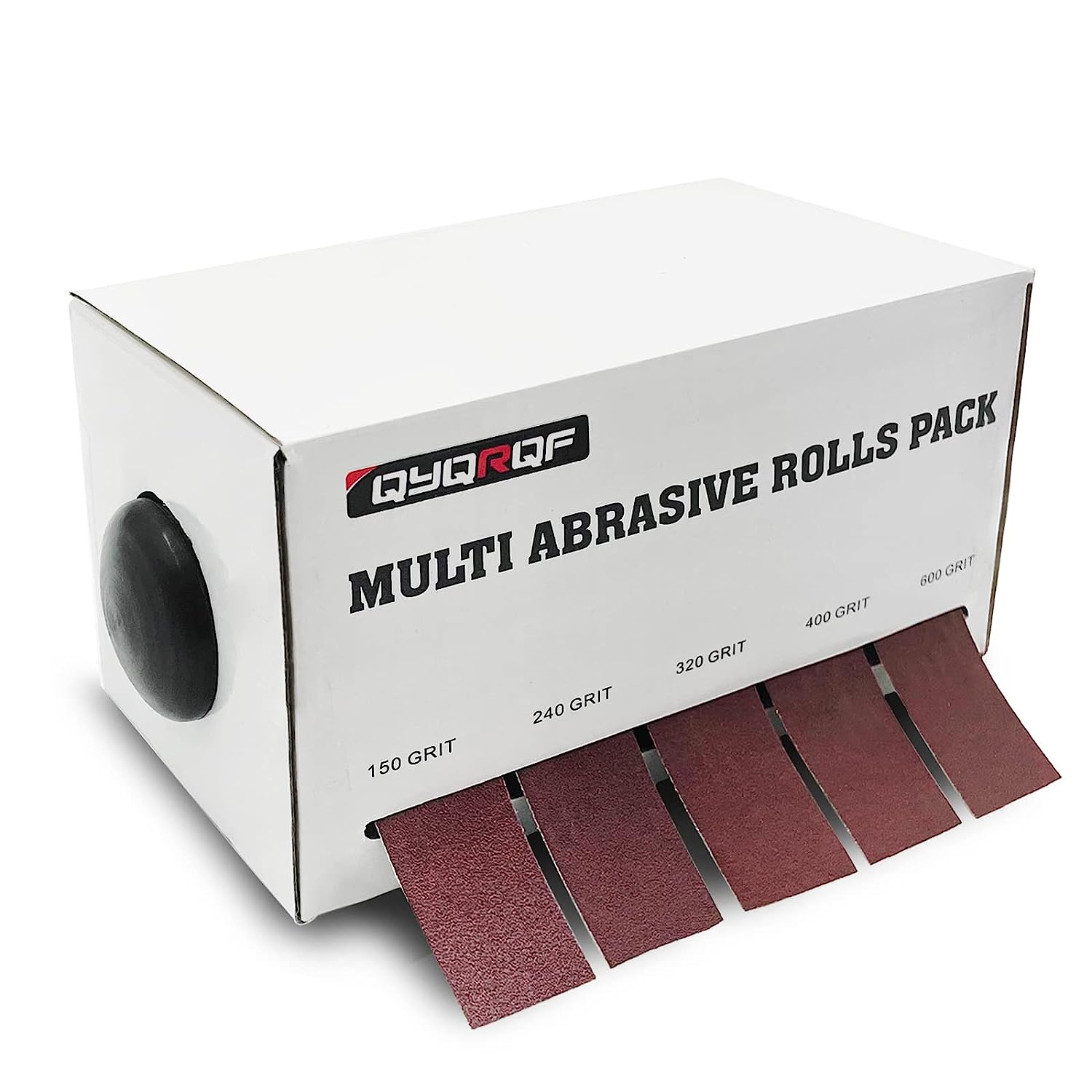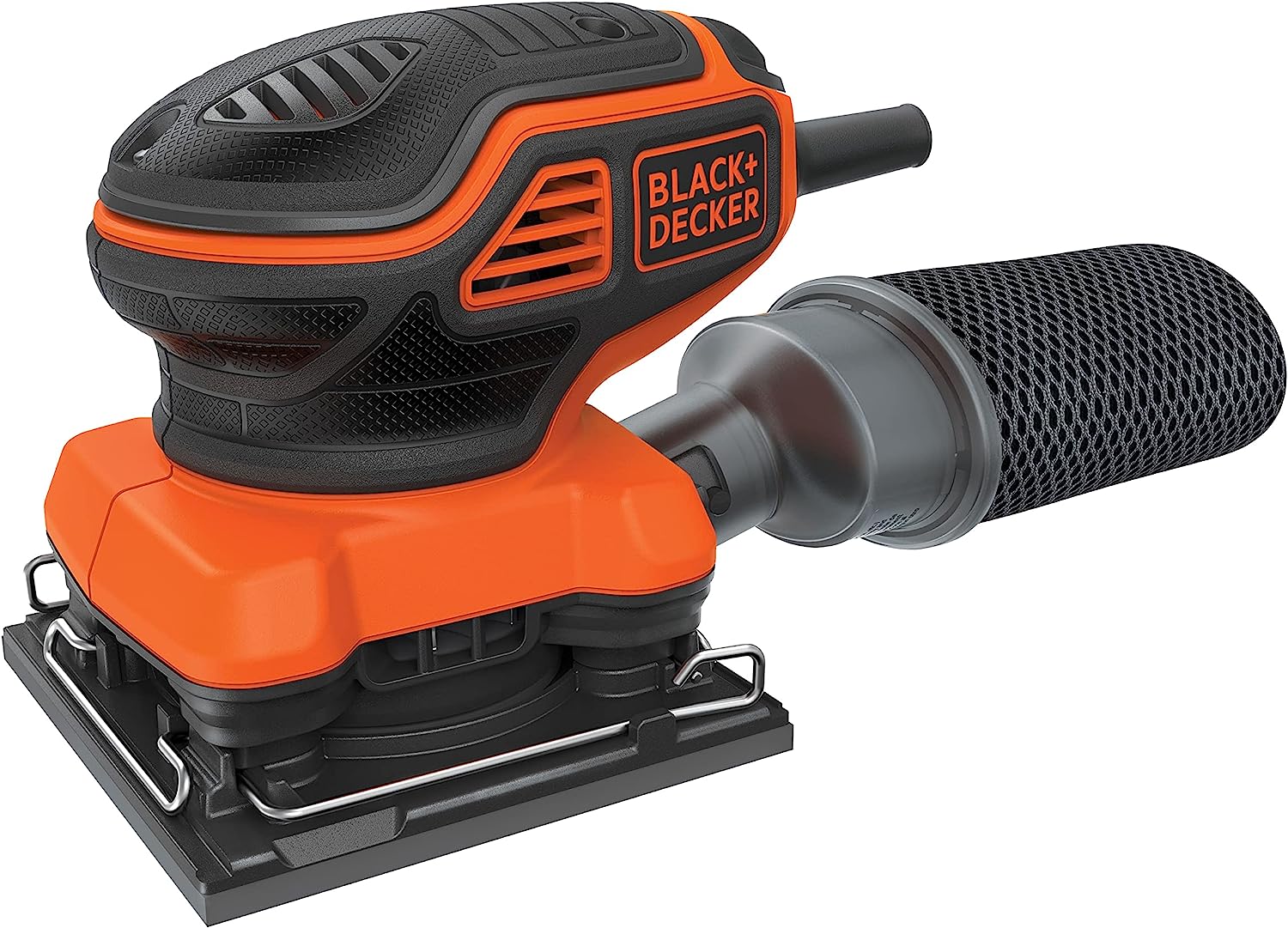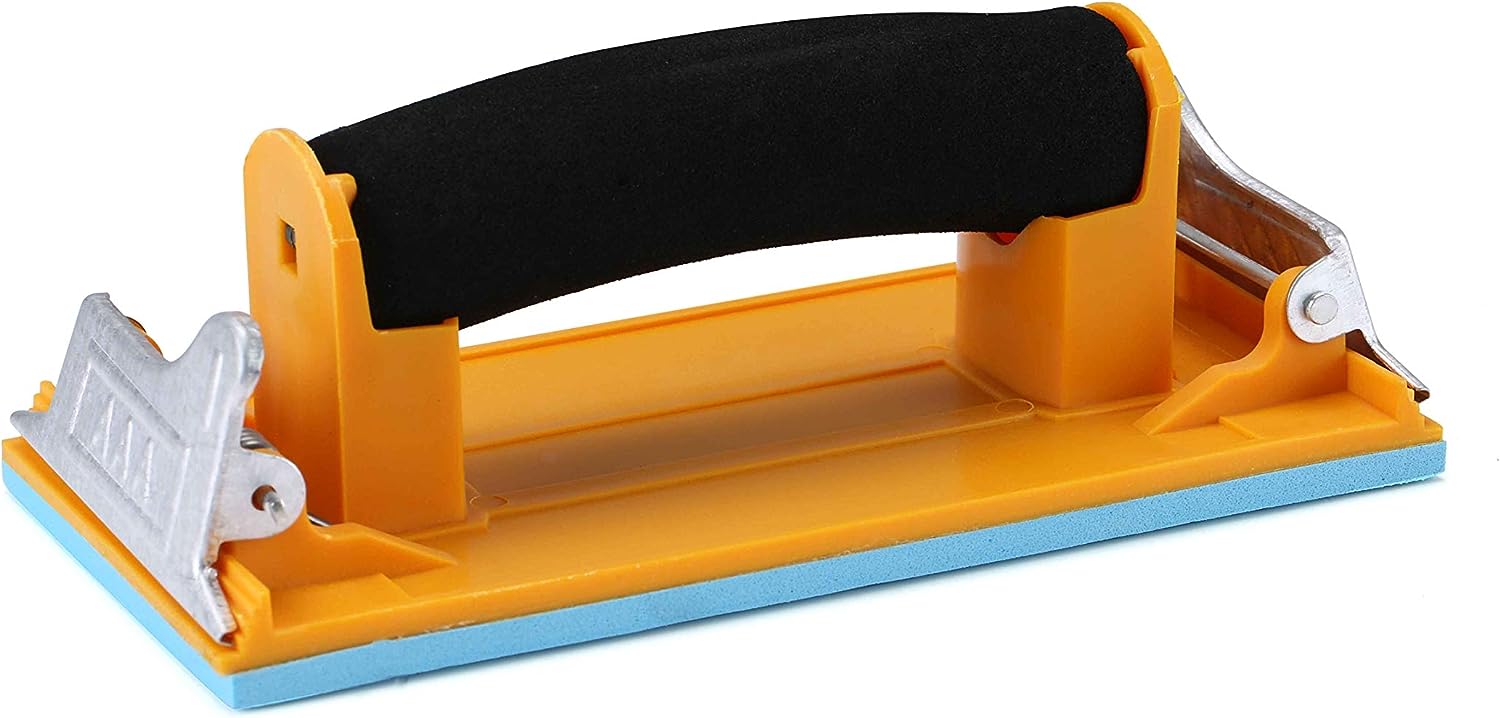When it comes to prepping and finishing paint jobs, selecting the right sandpaper is crucial. Sandpaper, also known as abrasive paper, is a versatile tool that can be used for a variety of tasks, including smoothing surfaces, removing old paint or varnish, and preparing surfaces for painting or staining. With so many options available in the market, it can be overwhelming to choose the best sandpaper for your specific needs. In this article, we will explore the different types of sandpaper, their grit sizes, and their applications, to help you make an informed decision.
The Best Sandpaper for Paint

Emery Cloth Roll, 5 Grits Abrasive Sandpaper Rolls

BLACK+DECKER 2.0 Amp Electric 1/4 Sheet Orbit Sander

Aouker HS85180 Hand Sander
Understanding Sandpaper Grit Sizes
One of the most important factors to consider when selecting sandpaper is the grit size. Grit size refers to the number of abrasive particles per square inch of sandpaper. The higher the grit number, the finer the abrasive particles, and the smoother the finish. Conversely, lower grit numbers indicate coarser particles, which are more suitable for heavy-duty sanding tasks.
Here are some common grit sizes and their applications:
- Coarse Grit Sandpaper (40-60 grit): Ideal for removing heavy paint or varnish, shaping wood, and smoothing rough surfaces.
- Medium Grit Sandpaper (80-120 grit): Suitable for general sanding tasks, such as removing scratches, preparing surfaces for painting, and smoothing wood.
- Fine Grit Sandpaper (150-180 grit): Used for sanding between coats of paint or varnish, removing small imperfections, and achieving a smooth finish.
- Extra Fine Grit Sandpaper (220-400 grit): Perfect for final sanding before applying a finish, removing fine scratches, and achieving a polished surface.
Different Types of Sandpaper
There are several types of sandpaper available, each with its own unique characteristics and applications. Understanding the differences between these types will help you choose the best sandpaper for your specific project.
1. Aluminum Oxide Sandpaper
Aluminum oxide sandpaper is one of the most commonly used types of sandpaper. It is durable, long-lasting, and suitable for a wide range of materials, including wood, metal, and plastic. Aluminum oxide sandpaper is available in various grit sizes, making it versatile for both rough sanding and fine finishing.
2. Silicon Carbide Sandpaper
Silicon carbide sandpaper is known for its sharp cutting edges and fast cutting action. It is particularly effective for sanding hard materials, such as glass, ceramics, and stone. Silicon carbide sandpaper is available in both wet and dry forms, making it suitable for a variety of applications.
3. Garnet Sandpaper
Garnet sandpaper is a natural abrasive that is gentle on surfaces. It is commonly used for sanding wood, as it produces a smooth finish without scratching the surface. Garnet sandpaper is available in various grit sizes and is an excellent choice for both hand sanding and power sanding.
4. Emery Paper
Emery paper is a type of sandpaper that is made from emery, a natural abrasive material. It is commonly used for metalworking tasks, such as removing rust, polishing metal surfaces, and shaping metal objects. Emery paper is available in various grit sizes and is suitable for both hand sanding and machine sanding.
Choosing the Right Sandpaper for Your Project
Now that we have discussed the different types of sandpaper and their grit sizes, let’s explore how to choose the right sandpaper for your specific project.
1. Consider the Material
The first step in selecting the best sandpaper is to consider the material you will be working with. Different materials require different types of sandpaper. For example, if you are sanding wood, you may opt for aluminum oxide sandpaper or garnet sandpaper. On the other hand, if you are sanding metal, you may choose emery paper or silicon carbide sandpaper.
2. Determine the Grit Size
Next, determine the grit size based on the task at hand. If you are removing heavy paint or varnish, a coarse grit sandpaper (40-60 grit) would be suitable. For general sanding tasks, such as preparing surfaces for painting, a medium grit sandpaper (80-120 grit) would be appropriate. If you are looking for a smooth finish or sanding between coats of paint, a fine grit sandpaper (150-180 grit) or extra fine grit sandpaper (220-400 grit) would be ideal.
3. Consider the Application Method
Another factor to consider is the application method. If you are sanding by hand, sandpaper sheets or sanding blocks would be suitable. Sandpaper sheets are available in various sizes and can be easily cut to fit your needs. Sanding blocks provide a firm grip and help distribute pressure evenly. If you are using a power sander, you can choose from sandpaper rolls, sandpaper discs, or orbital sander pads, depending on the type of sander you have.
4. Determine the Desired Finish
Lastly, consider the desired finish. If you are looking for a smooth, polished surface, you may opt for a higher grit sandpaper. If you are looking for a more textured finish, a lower grit sandpaper would be suitable. Keep in mind that achieving the desired finish may require multiple sanding steps with different grit sizes.
Conclusion
Selecting the best sandpaper for prepping and finishing paint jobs is essential for achieving professional results. By understanding the different types of sandpaper, their grit sizes, and their applications, you can make an informed decision based on your specific project requirements. Whether you are sanding wood, metal, or other materials, consider the material, determine the grit size, consider the application method, and determine the desired finish. By following these guidelines, you can ensure that you have the right sandpaper for the job and achieve a smooth, flawless finish.



















